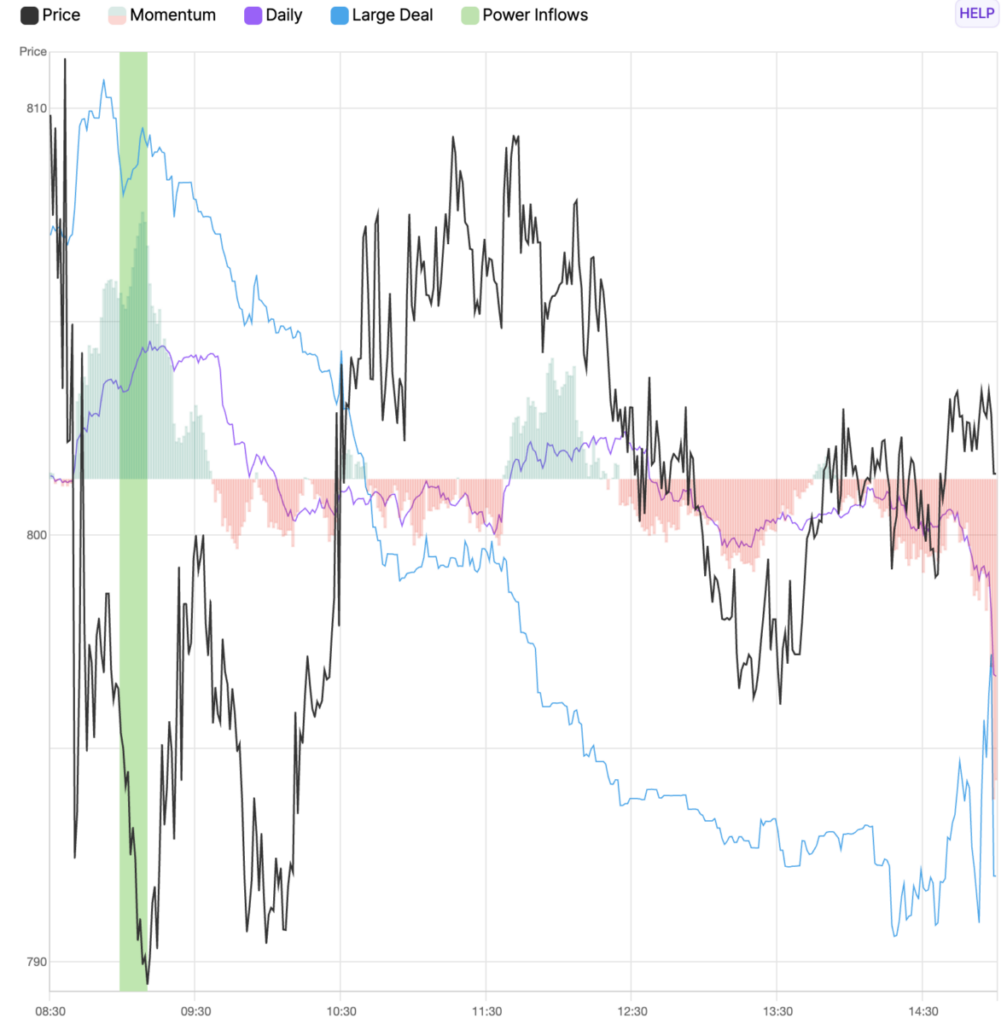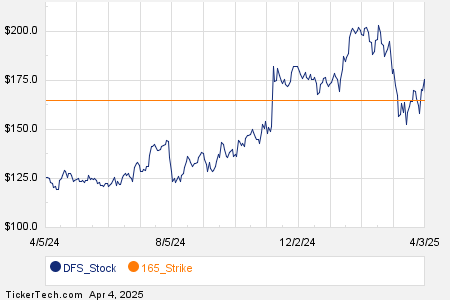Apple Inc. Presents Buying Opportunity Amid Market Turbulence
Legendary investor Warren Buffett once advised that investors should acquire shares of quality companies encountering temporary challenges. In this context, consumer technology leader Apple Inc. AAPL is emerging as a significant buying opportunity amid recent Wall Street turmoil. Long-term trends support this perspective, but for traders, timing is critical.
Market Reaction to Tariffs
After the midweek trading session closed, President Donald Trump announced substantial new trade tariffs, referring to the event as “Liberation Day.” This initiative is aimed at addressing the growing U.S. trade deficit with key global partners. However, the unexpected severity of these tariffs sent shockwaves across international markets on Thursday.
As Wall Street assessed the implications of the announcement, another wave of volatility swept through the markets on Friday. Notable experts expressed their discontent regarding the tariffs, highlighting potential negative ramifications due to slowed economic activity.
Volatility and Historical Context
In the midst of widespread social media discussions, a significant point was raised by Creative Planning Chief Market Strategist Charlie Bilello. He noted that while the VIX, or “fear index,” reached its highest closing level since August 2024, the S&P 500 tends to provide “higher than average” returns following major volatility spikes.
As a pivotal security, Apple influences both the technology sector and the broader equities market, making its current volatility noteworthy. It is reasonable to assume that this presents a long-term buying opportunity, as it is unlikely for a powerhouse like Apple to remain subdued indefinitely.
Investor Strategies Amid Market Pressure
From the perspective of long-term investors, this market downturn could represent a timely chance to acquire shares at discounted rates. Contrarily, traders may want to exercise caution before entering positions in Apple Stock at this juncture.
Traders seeking opportunities may find it challenging to resist the temptation to react to falling prices. Additionally, Apple is on the verge of forming a “death cross,” a technical indicator occurring when a security’s 50-day moving average falls beneath its 200-day moving average.
Understanding the Death Cross
This death cross typically signals a potential downtrend or an approaching bear market. For many investors, this might symbolize a final opportunity to sell shares or implement protective strategies before further market volatility ensues.
However, the contrarian view posits that by the time the death cross appears, most negative news may already be factored into the stock price. Thus, this indicator could potentially serve as a buying signal.
Specifically, over the last decade, Apple Stock has experienced five death crosses. Notably, in four out of these five instances, Apple shares rose within a time frame of three months to one year after the event. Yet, the short-term outlook is less favorable, as Apple has only seen gains within one month of a death cross once, resulting in an 80% failure rate over that period.
Historical Performance and Current Trends
Considering the rarity of extreme volatility, projecting Apple’s short-term performance is complex. Currently, the company faces potential losses of around 12% over the last five trading sessions. The last instance of such a decline in a single week was recorded in April 2016.
A historical analysis reveals that significant price drops have previously required several months for recovery. This serves as a reminder of the death cross’s implications: while it signifies a potential buying opportunity, the present moment may not be the best time to act.
Strategic Trading Approaches
Succeeding in trading involves not committing to any one direction, which offers flexibility with Apple Stock. Given the imminent death cross likely resulting in short-term volatility, aggressive traders may consider a 195/190 bear put spread for options expiring on May 2.
This strategy entails purchasing the $195 put, which is currently priced at an ask of $1,225, and simultaneously selling the $190 put, with a bid of $970. This trade results in a net cash outlay of $255 after accounting for the proceeds from the short put.
If Apple shares fall to or below the short strike price by expiration, the maximum profit would be $245, providing an attractive 96% payout based on the difference between the strike prices, adjusted for the initial cash outlay. This setup is based on the average one-month loss of 1.06% following a death cross.
Looking at Long-Term Opportunities
For traders seeking long positions, patience may be necessary. An interesting strategy involves a 215/220 bull call spread with options expiring on July 18. This trade capitalizes on the potential rebound post-death cross while considering a longer time frame. It involves purchasing the $215 call and selling the $220 call, anticipating that Apple will reach the latter price by expiration.
Photo: Shutterstock
© 2025 Benzinga.com. Benzinga does not provide investment advice. All rights reserved.


